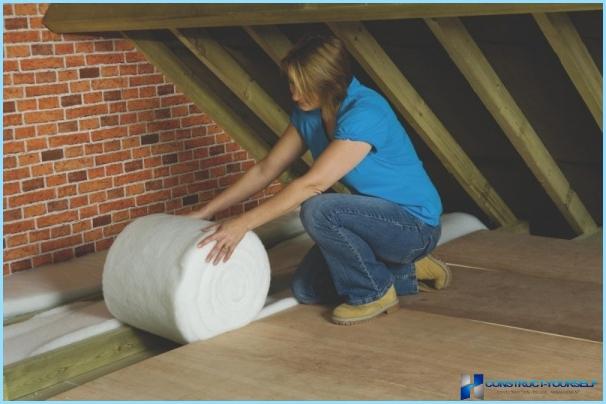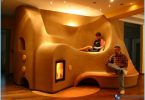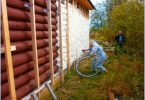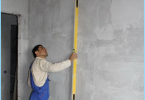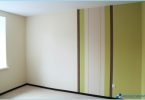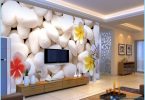Cranky, wet cold climates the insulation of the premises is one of the major construction procedures. What insulation to choose? Where to start?
Manufacturers of modern building materials has made everything possible in the store, ran his eyes and hands knew exactly what to grab. Types heaters and their purpose for most inexperienced inhabitants remain shrouded in mystery. Well, try to understand everything in order.
Types of insulators, characteristics and application ↑
There are two types of insulation: reflective (organic, inorganic) and prevents.
The insulation prevents the type ↑
This insulation helps to reduce heat consumption, reduce the degree of infrared radiation.
The insulation prevents the type (inorganic base)
Concrete – made from wood shavings, small chips, straw and chopped reeds. As a strong base within the insulation are cement and a small content of chemical additives (calcium or soluble glass). In the final production of this product is treated with a solution with a high content of minerals.
Properties arbolita:
- Density 450-700 kg per cubic meter;
- The thermal conductivity of 0.06-0.14 Watts per meter;
- The limit of compressive strength – 0,2-1 megapascal.
Foam polyvinyl chloride (PVH) – made from PVH resins. Resins impart a foam structure by industrial of pore. Such insulation may be soft and hard. In essence – it is a universal insulation (and roof, and walls, and floor, Windows and doors). Its density is about 0.1 kg per cubic meter.
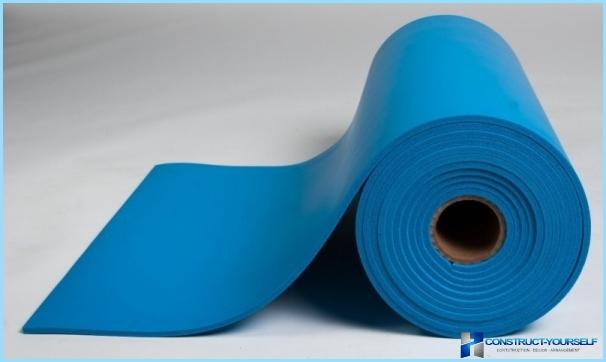
Chipboard insulation – based on a small chip. Chips is 90% in its composition. The remaining 10% is: synthetic resin, preservatives and water repellents.
Properties of particle Board:
- The density of 400-1000 kg per cubic meter;
- Strength limit when stretching – 0,2-0,7 MPa;
- Tensile strength by bending of the material – 10-30мегапаскалей;
- Humidity 4-12 %;
- Water absorption – 5 to 30 percent.
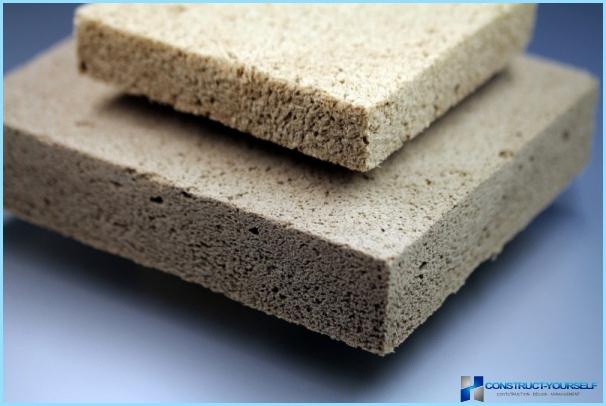
The DVIPA – Insulation of wood fiber. Made from waste wood, stalks, straw or corn, and even old paper. As the basis for a bunch of resin materials are used. Also, as part of the DVIPA has antiseptic and a water-repellent substance. This is one of the types of insulation used in country homes.
The properties of the MEP:
- Density – up to 250 kg per cubic meter;
- Tensile strength in bending of material up to 12 megapascals;
- The thermal conductivity of up to 0.08 Watt per meter.
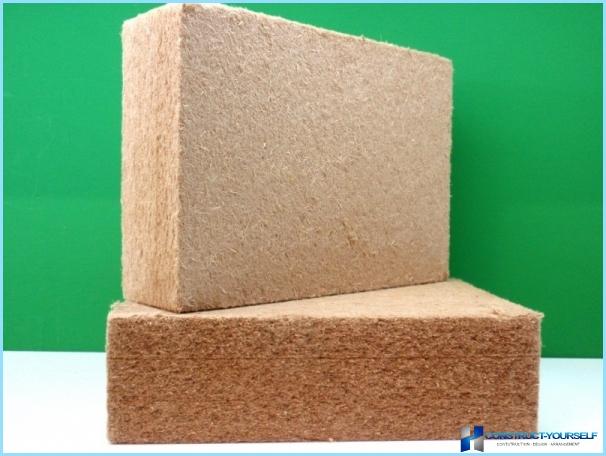
Polyurethane foam – made of polyester with the addition of water, a diisocyanate, emulsifiers.
Polyurethane foam is a great silencer. It is also resistant to a wet environment. It is convenient in construction – is applied by spraying. This gives the possibility of processing complex surface configuration.
Properties of polyurethane foam:
- The density of 35-75 kg per cubic meter;
- The conductivity – 0,017-0,027 Watt per meter. This is the maximum and best value for the insulation today;
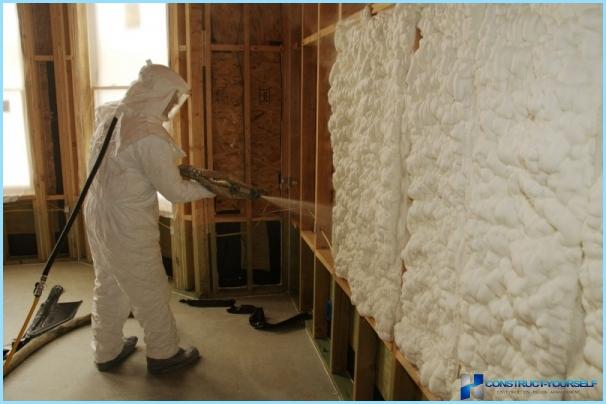
Mipora. Still call it penoizol. Mepore get by whipping urea resin. For the strength of the material, it is added glycerin. Foam structure is obtained due to the content of sulfonic acid. As a catalyst for solidification of the organic acid. Sold by miora in the form of chips and blocks, and in the form of a ready solution. This is another type of insulation that is loved in wooden houses.
Properties memory:
- The density is in the range of 20 kg per cubic meter;
- Thermal conductivity of 0.03 Watts per meter;
- Mipora refractory (only burns at 500 degrees), but strong heat resistant to deformation;
- Minus – deformed under the influence of aggressive chemicals. Too hygroscopic.
Polystyrene (PPP). 98% of the composition of a heater – air. The remaining 2% is polystyrene. The PPS composition can also include flame retardants.
Properties of polystyrene:
- Thermal conductivity of 0.038-0.044 per Watt per meter;
- Does not absorb moisture;
- Resistant to corrosion;
- Defies the effects of microflora and biological agents;
- Almost not combustible. Even if it glows, the heat will allocate much less than burning wood.
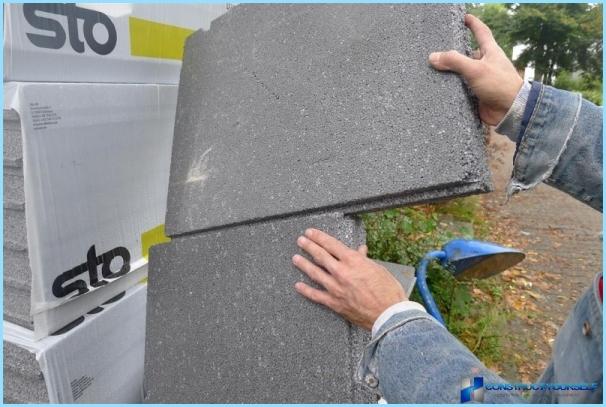
Polyethylene foam – consists of a polyethylene and blowing its substance. Perfectly protects from steam and any exterior noise due to small pores.
Features of polyethylene foam:
- The density of 20-55 kg per cubic meter;
- The conductivity – 0,042-0,050 Watts per meter;
- Used at temperatures from 40 degrees below zero to 100 degrees above zero;
- Poorly absorbs moisture;
- Virtually impossible chemical and biological attack.
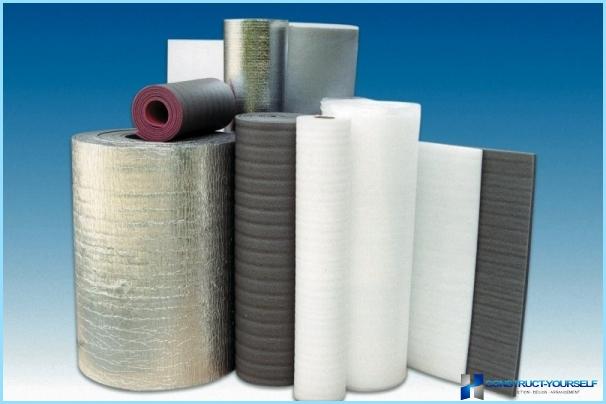
Fibrolitovye insulation – on the basis of thin wood-chips in combination with cement and magnesia component. Produced in the form of plates. Ideal for wet areas.
Properties fibrolitovye insulation:
- The density of 200-500 kg per cubic meter;
- Thermal conductivity of 0.06-0.1 Watts per meter;
- Refractory.
Otoplasty insulation – consists of cells like a honeycomb. But not necessarily, the cells sometimes are in another shape. Such insulation is filled with a special cloth or paper on the basis of organic fibers and resins. Outside the insulation is covered with thin sheets of plastic.
Ecowool – made of waste paper waste (reject books, cardboard, Newspapers, magazines, etc.). For lower cost use a green fibre and waste paper.
Properties of cellulose wool:
- Excellent soundproofing;
- High insulation. Cellulose fibre insulation is gradually reduced and its properties deteriorate;
- High water absorption;
- No visible joints after laying.
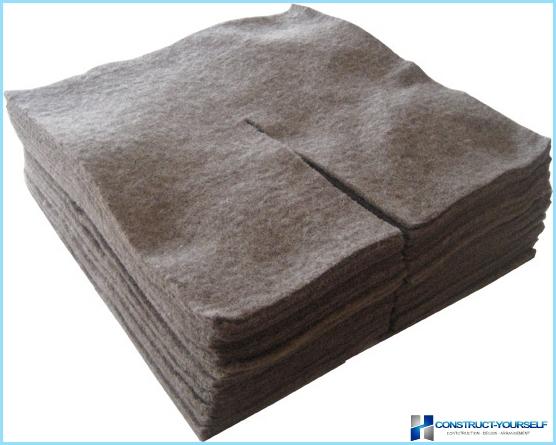
The insulation prevents the type (organic base) ↑
Mineral wool – sometimes the slag and stone. Slag is produced based on waste on PROIZVODSTVENNO (both for colored and black). The stone is made on the basis of rocks (limestone, basalt, etc.). For a bunch of components using phenol or urea.
Properties of mineral wool:
- Not illuminated;
- Absorbs noise;
- Can not be exposed to chemicals;
- Poorly absorbs water;
- Almost never shrinks with time;
- Transmit pairs. Therefore, mineral wool insulation needs.
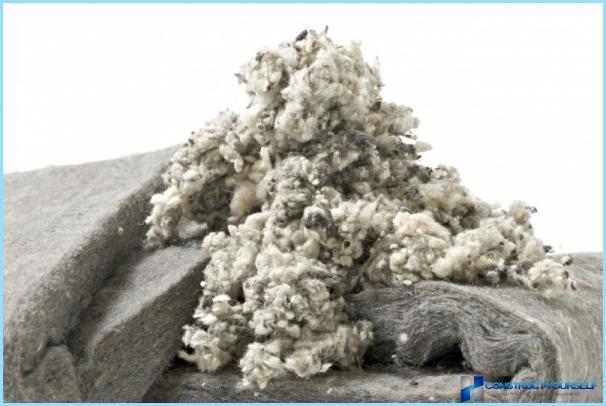
Glass wool – made of waste glass and its production. Her fiber is thick and long. It does not burn, absorbs sound and is not exposed to the damaging effects of chemical compositions.
Properties of glass:
- Density – up to 130 kg per cubic meter;
- The conductivity is 0.02-0,053 Watt per meter square;
- Withstands temperatures up to 450 degrees Celsius;
- Poorly absorbs moisture;
- Corrode.
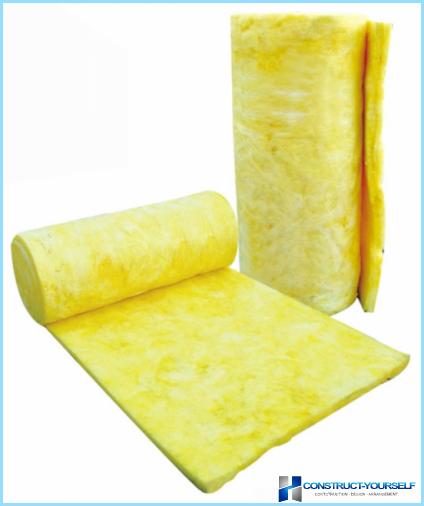
Keramova – it is based on an oxide of aluminium and silicon. Made in a special centrifuge. Not afraid of chemicals and resistant to high temperatures.
Properties chernovaty:
- Withstands temperatures over 1000 degrees Celsius;
- Thermal conductivity of 0.12-0.17 Watt per meter;
- Density up to 350 kg per cubic meter.
Insulation insulation of the type ↑
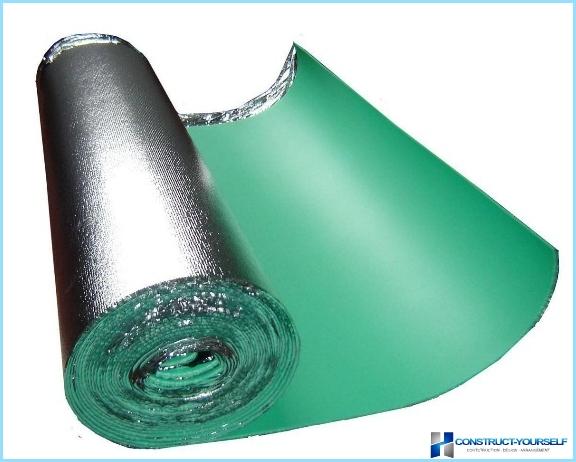
But there are substances that can reflect up to 99% of heat. For example, gold or aluminum. By using insulators made of these materials, well-insulated sauna or steam bath.
Reflective insulation in modern construction, only one kind is a layer (sometimes two layers) polished aluminum plus a layer of polyethylene foam.
Despite the thinness of the material, the result is quite tangible. The most famous names of this material, Ekofol, heat insulation material is laid, Perilex.
Detail how you can insulate yourself a private house can be seen here

